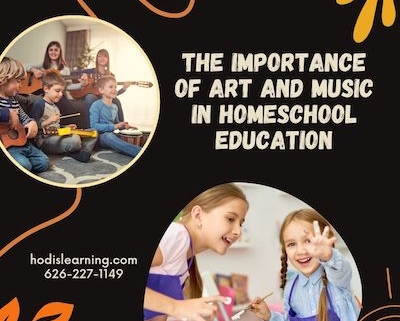The Importance of Art and Music in Homeschool Education
In the academically-focused world of homeschool education, the inclusion of art and music can sometimes be an afterthought. However, the integration of the arts into homeschooling is not just beneficial but essential for fostering a well-rounded and enriching learning experience. Art and music education play a pivotal role in developing creative, expressive, and innovative learners. This blog post highlights the importance of arts in education and offers guidance on integrating visual arts, music, drama, and dance into daily lessons.
Emphasizing Creativity and Expression
The arts provide a unique platform for self-expression and creativity, allowing students to explore their feelings, ideas, and perspectives in a way that words alone cannot. Through activities in drawing, painting, sculpting, music, dance, and drama, students learn to communicate complex thoughts and emotions. This expressive capability is crucial not only in developing personal identity and emotional intelligence but also in enhancing problem-solving and critical thinking skills.
Visual Arts: A Window to the World
Integrating visual arts into homeschooling can start with simple projects like sketching objects from nature, creating family portraits, or designing imaginative landscapes. Encourage exploration of different mediums – pencils, crayons, markers, paints – and techniques to provide a comprehensive understanding of visual expression. Homeschoolers have the flexibility to take inspiration from their immediate environment, incorporating lessons from history, culture, and even mathematics into art projects. For instance, geometric shapes and patterns can be a fun way to merge math with art.
Music: The Universal Language
Music education is about more than just learning to play an instrument. It encompasses understanding rhythm, melody, harmony, and the cultural contexts from which music originates. Start by introducing a variety of music genres from classical to folk to jazz, encouraging an appreciation for the diversity of musical expression. For hands-on learning, consider simple instruments like recorders or ukuleles for beginners, gradually progressing to more complex instruments (e.g., guitar, piano, etc.) as interest and skills develop. Incorporating music theory, songwriting, and composition can also enrich the musical learning experience.
Drama and Dance: Movement and Storytelling
Drama and dance education in homeschooling can be particularly engaging, offering students the chance to explore narratives, characters, and emotions through movement and role-play. Simple activities like miming, improvisational games, and storytelling exercises can significantly enhance verbal and non-verbal communication skills. Choreographing dance routines or producing mini-plays are excellent ways for students to work collaboratively, fostering teamwork and empathy.
Practical Tips for Integrating the Arts
- Dedicate Time Each Week: Allocate specific times in your homeschool schedule for arts education to ensure consistent engagement.
- Use Online Resources: There are countless online tutorials, classes, and resources available for art and music education that can guide your teaching and provide inspiration.
- Attend Workshops and Events: Take advantage of local art galleries, museums, concerts, and theater productions to provide real-world exposure to the arts.
- Encourage Personal Projects: Give students the freedom to pursue personal projects in areas of their interest within the arts, fostering independence and self-motivation.
- Hire An Expert Art or Music Teacher: Consider hiring a teacher to teach art and music homeschool classes. While Hodis Learning & Music offers expert, 1-on-1 art instruction and music lessons, we also offer homeschool classes in these areas. Call or email us today to learn more about our homeschool education program.
Conclusion
The inclusion of art and music in homeschooling enriches the educational landscape by fostering creativity, expression, and cultural appreciation. By integrating the visual arts, music, drama, and dance into daily lessons, parents can offer a holistic learning experience that prepares students not just academically, but also emotionally and socially for the world beyond. The arts are not merely a supplement to education; they are a vital component of a comprehensive learning journey.



